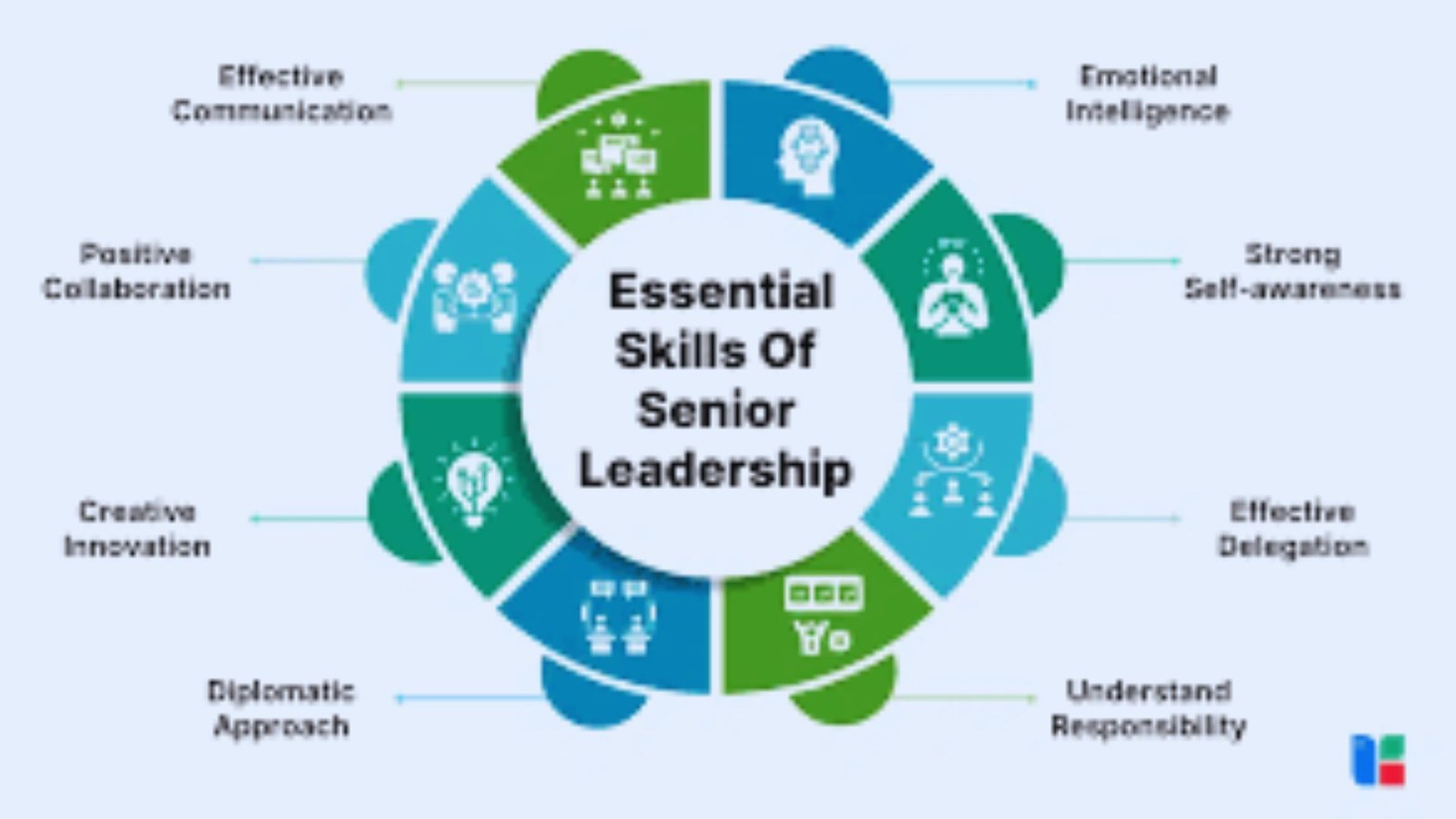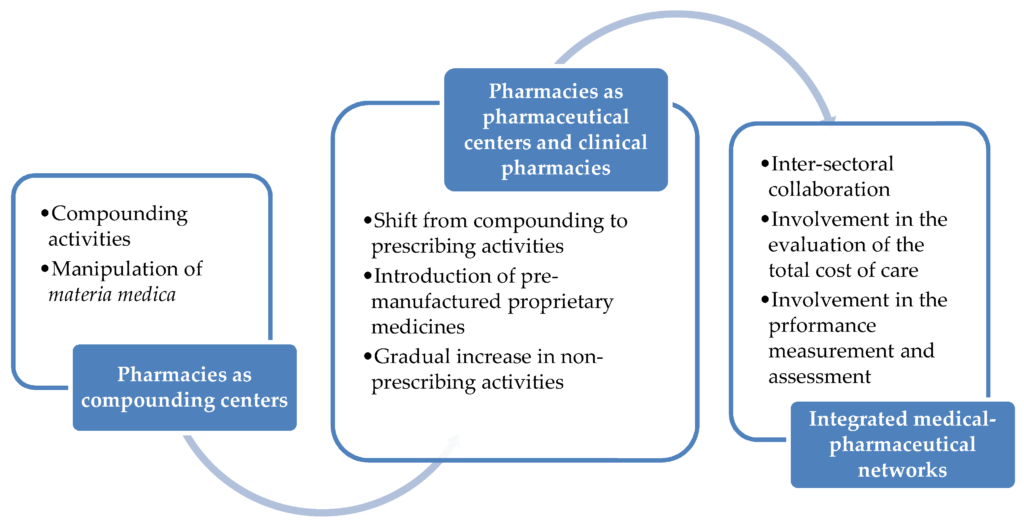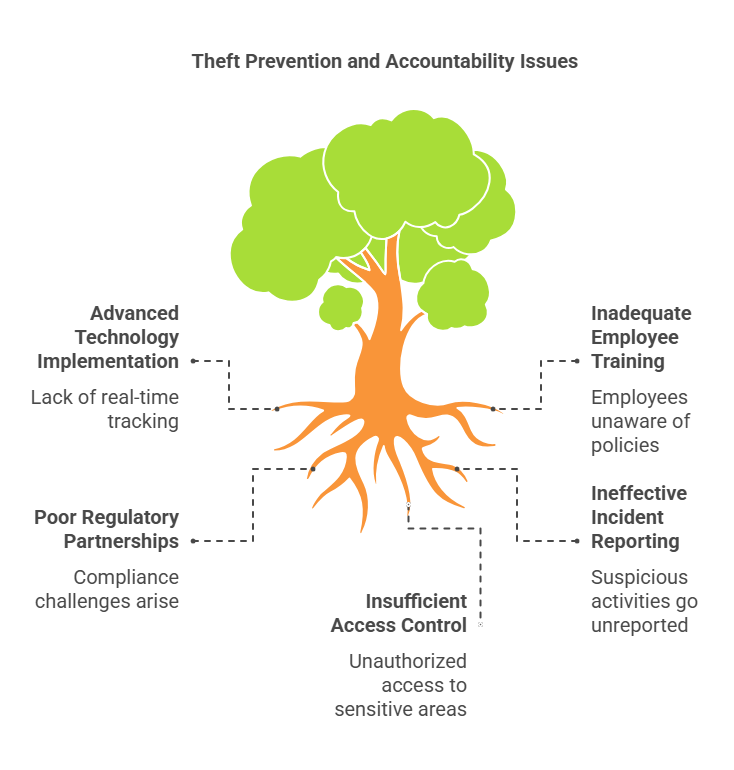Your cart is currently empty!
Category: Tranding News

Blizzard Warning: Essential Safety Tips to Prepare for Severe Winter Storms
A blizzard warning is a critical alert issued by meteorological agencies indicating the imminent arrival of severe winter weather conditions. Understanding what a blizzard warning entails, how to prepare for it, and the safety measures to adopt during such events is essential for ensuring personal safety and minimizing potential hazards.

What Is a Blizzard Warning?
A blizzard warning signifies that sustained winds or frequent gusts of 35 mph (56 km/h) or higher, accompanied by considerable falling and/or blowing snow, reducing visibility to less than a quarter mile (400 meters) for at least three hours, are expected within the next 12 to 18 hours. These conditions can lead to whiteouts, making travel extremely dangerous or impossible.
Understanding Blizzard Conditions
Blizzards are characterized by:
- Strong Winds: Sustained winds or frequent gusts of 35 mph or more.
- Heavy Snowfall: Significant accumulation of snow, leading to reduced visibility.
- Reduced Visibility: Visibility less than a quarter mile due to snow and wind.
These conditions can result in life-threatening situations, including hypothermia, frostbite, and increased risk of accidents.

Preparation Before a Blizzard
- Stay Informed: Regularly monitor weather forecasts through reliable sources such as the National Weather Service (NWS) or local news outlets.
- Emergency Kit: Assemble an emergency kit containing essentials like non-perishable food, water, medications, flashlights, batteries, and a first-aid kit.
- Home Preparation:
- Insulation: Ensure your home is well-insulated to retain heat.
- Pipes: Protect pipes from freezing by insulating them and allowing faucets to drip slightly.
- Heating Equipment: Have alternative heating sources ready, such as fireplaces or space heaters, and ensure they are in good working condition.
- Vehicle Preparation:
- Maintenance: Keep your vehicle in good condition, with a full gas tank and properly inflated tires.
- Emergency Supplies: Store items like blankets, a shovel, ice scraper, jumper cables, and sand or cat litter for traction.
Safety Measures During a Blizzard
- Stay Indoors: Avoid going outside unless absolutely necessary.
- Conserve Heat: Close off unused rooms to conserve heat and use blankets to stay warm.
- Avoid Travel: Do not travel during a blizzard. If you must, inform someone of your destination and expected arrival time.
- Use Generators Safely: If using a generator, place it outside and away from windows to prevent carbon monoxide poisoning.
What to Do If Caught Outside
- Seek Shelter: Find a nearby building for shelter. If none is available, shield yourself from the wind and cover exposed skin.
- Stay Visible: Tie a brightly colored cloth to your antenna or door to make your vehicle visible to rescuers.
- Stay with Your Vehicle: If stranded, stay inside your vehicle to avoid getting lost in the snow.
After the Blizzard
- Check for Updates: Continue listening to weather updates and follow official instructions.
- Avoid Overexertion: When shoveling snow, take breaks to prevent overexertion, which can lead to heart attacks.
- Inspect Your Home: Check for any damage, such as frozen pipes or roof issues, and address them promptly.

Conclusion
Blizzard warnings are serious alerts that require immediate attention and preparation. By understanding the nature of blizzards and following recommended safety measures, individuals can protect themselves and their loved ones during severe winter weather events.
FAQ: Blizzard Warning
- What is a Blizzard Warning?
A blizzard warning is issued by weather agencies to alert people about severe winter weather conditions, including strong winds (35 mph or more), heavy snowfall, and reduced visibility of less than a quarter mile for at least three hours. - How is a Blizzard Warning different from a Winter Storm Warning?
A blizzard warning specifically highlights strong winds and whiteout conditions, making travel extremely dangerous or impossible. A winter storm warning focuses more on heavy snow or ice accumulation without necessarily having high winds. - What should I do if a blizzard warning is issued in my area?
- Stay indoors and avoid unnecessary travel.
- Prepare an emergency kit with essentials like food, water, flashlights, and a first-aid kit.
- Keep updated with weather reports and follow instructions from local authorities.
- What items should I include in my emergency kit?
Your emergency kit should include:- Non-perishable food and water
- Flashlights and extra batteries
- Medications and a first-aid kit
- Warm clothing and blankets
- A portable phone charger
- Battery-operated radio for updates
- Can I drive during a blizzard warning?
It is highly discouraged to drive during a blizzard warning due to low visibility, slippery roads, and the risk of getting stranded. If travel is absolutely necessary, ensure your car is equipped with emergency supplies and inform someone of your destination. - How can I keep my home safe during a blizzard?
- Insulate doors and windows to retain heat.
- Ensure your heating system is working properly.
- Protect pipes from freezing by insulating them and allowing faucets to drip slightly.
- Have alternative heat sources like a fireplace or space heater ready.
- What should I do if I get stranded during a blizzard?
- Stay inside your vehicle to avoid getting lost.
- Run the engine occasionally for warmth, ensuring the exhaust pipe is clear of snow.
- Signal for help with brightly colored cloth or hazard lights.
- Keep moving your body to maintain circulation.
- How long does a blizzard warning last?
A blizzard warning typically covers a 12-18 hour period but may extend depending on the severity of the storm. - What are the most common dangers during a blizzard?
- Whiteout conditions causing accidents.
- Hypothermia and frostbite from extreme cold exposure.
- Roof collapses or property damage from heavy snow accumulation.
- Carbon monoxide poisoning from improper use of heating sources.
- How can I stay updated about a blizzard warning?
Monitor weather updates through:- National Weather Service (NWS) alerts
- Local news channels and radio
- Weather apps and online forecasts
- What should I do after the blizzard ends?
- Check for updates from authorities about road and utility conditions.
- Inspect your home for damages like frozen pipes or roof issues.
- Clear snow carefully, taking breaks to avoid overexertion.
- Help neighbors, especially the elderly or those in need, with recovery efforts.
- Are blizzards predictable?
Yes, meteorologists can predict blizzards with modern technology, often providing warnings several hours to days in advance. Always stay alert to forecasts during winter months.

Sr Leader for Controlled Substance Management
Introduction Sr Leader for Controlled Substance Management
What is Controlled Substance Management?
Controlled substance management is the process of handling medications and chemicals that require strict regulation. These substances are controlled due to their potential for misuse or harm. Managing them involves storage, tracking, usage monitoring, and disposal.
Why is Controlled Substance Management Important?
Controlled substances play a vital role in healthcare and research. They are used for pain relief, surgeries, and scientific studies. Poor management can lead to serious consequences, including legal issues and safety risks.
The Role of a Sr Leader in Controlled Substance Management
A senior leader oversees every aspect of controlled substance management. Their job includes:
- Setting clear procedures.
- Training staff on proper handling.
- Ensuring compliance with laws.
- Managing audits and reports.
Key Responsibilities Details Policy Development Creating and updating management policies Staff Training Teaching safe handling and legal compliance Audit Supervision Managing regular checks and reports Risk Assessment Identifying and solving potential issues Skills Required for a Sr Leader
A senior leader needs skills that go beyond basic knowledge. Some essential skills are:
- Leadership: Guiding teams and setting standards.
- Attention to Detail: Tracking every transaction.
- Legal Understanding: Knowing laws about controlled substances.
- Problem-Solving: Fixing errors and improving systems.

Responsibilities of a Sr Leader in Controlled Substance Management
Ensuring Legal Compliance
A senior leader must understand and enforce all laws related to controlled substances. They ensure the organization meets both local and federal regulations. Key tasks include:
- Keeping updated licenses.
- Ensuring proper record-keeping for all substances.
- Reporting suspicious activities immediately.
Compliance Task Description Documentation Maintaining accurate records of substances Reporting Submitting reports to regulatory authorities Training Educating staff about legal responsibilities Overseeing Inventory Management
The leader ensures controlled substances are stored, tracked, and used safely. This requires:
- Monitoring inventory regularly.
- Preventing theft or misuse.
- Organizing proper storage for safety.
Conducting Audits and Inspections
Frequent audits help find and fix errors early. Leaders conduct both internal and external audits. They also prepare for surprise inspections by regulatory agencies.
Staff Training and Development
Educating staff is a key responsibility. Training programs cover topics like:
- Safe handling of controlled substances.
- Identifying risks and reporting them.
- Proper disposal methods to avoid harm.
Handling Emergencies
Controlled substance misuse or theft can happen in any organization. A senior leader must have plans to handle emergencies. This includes:
- Investigating missing substances.
- Reporting issues to the authorities.
- Revising policies to prevent future problems.
Implementing Technology for Better Control
Modern systems help track controlled substances more efficiently. Leaders may use:
- Barcode scanning for accurate inventory.
- Secure databases for record-keeping.
- Automated alerts for low stock or policy breaches.

Best Practices for Sr Leaders in Controlled Substance Management
Establishing Strong Policies
One of the most important tasks for a senior leader is creating clear, strong policies for managing controlled substances. These policies should outline:
- Proper procedures for receiving, storing, and distributing substances.
- How to handle waste and disposal of unused substances.
- Reporting methods for any discrepancies or incidents.
These policies help ensure consistency, safety, and legal compliance across the organization.
Best Practice Explanation Clear Documentation All policies and procedures should be written down and easy to follow. Regular Updates Policies should be reviewed and updated regularly based on new laws or findings. Employee Acknowledgment Ensure all staff acknowledge and follow the policies. Ensuring Secure Storage
Controlled substances must be stored in secure, regulated areas. A senior leader must:
- Ensure substances are locked away in safes or secured rooms.
- Limit access to authorized personnel only.
- Regularly check storage conditions to prevent damage or loss.
Monitoring Usage
Tracking the usage of controlled substances is crucial. Leaders should use:
- Inventory Management Software: Helps track substances in real-time.
- Manual Logs: Used as a backup to digital systems for extra security.
- Regular Reviews: Check usage against inventory levels to detect any discrepancies.
Promoting a Culture of Compliance
A senior leader must encourage a culture where staff members are proactive about compliance. They should:
- Lead by example, always following policies themselves.
- Reward staff who consistently follow best practices.
- Address violations promptly and fairly.
Responding to Issues and Breaches
When issues arise, a senior leader must act quickly. Common problems include:
- Theft or Misuse: Identifying and addressing any illegal activity.
- Inaccurate Records: Investigating discrepancies in logs or reports.
- Staff Non-Compliance: Taking corrective actions, such as additional training or disciplinary measures.
In addition to addressing immediate problems, a senior leader should also implement changes to prevent future occurrences. This could involve updating policies, adding new training programs, or improving security measures.
Collaboration with External Regulators
A senior leader must maintain a good relationship with external regulatory bodies. These agencies monitor controlled substance management to ensure safety and legal compliance. The leader should:
- Attend meetings or training hosted by regulators.
- Ensure that all reports to regulatory bodies are accurate and submitted on time.
- Work with these agencies during inspections or audits to ensure smooth processes.

Challenges and Solutions in Controlled Substance Management
Common Challenges in Controlled Substance Management
Managing controlled substances can be complex and challenging for senior leaders. Some of the most common challenges include:
- Tracking and Preventing Theft
Controlled substances are vulnerable to theft. This can happen internally by staff or externally by criminals. Leaders must put extra effort into monitoring usage and tracking inventory to prevent theft. - Compliance with Changing Regulations
Laws around controlled substances can change frequently. A senior leader needs to stay updated on new regulations and ensure the organization complies with them. This often requires additional training and policy changes. - Maintaining Accurate Records
With so many substances to track, maintaining accurate records can be difficult. Errors can occur, leading to discrepancies in inventory and misuse. This can result in legal problems and safety risks. - Employee Training and Engagement
Proper training for employees is vital, but keeping staff engaged and knowledgeable can be challenging. Some employees may not take the training seriously, and others may forget key practices. - Balancing Accessibility and Security
Controlled substances must be accessible to authorized personnel but also secured to prevent misuse. Finding the balance between these two needs can be tricky. Overly strict security can slow down operations, while lax security increases risk.
Solutions to Overcome These Challenges
- Implement Advanced Technology
Using technology is one of the best ways to track and prevent theft. Barcoding, RFID tags, and inventory management systems can help monitor every transaction in real time. These systems also provide an audit trail, which is useful for resolving issues and improving accountability.
Solution Details Barcoding/RFID Tracking Tracks every item from reception to disposal. Inventory Management Software Real-time tracking and reporting of usage. Automated Alerts Alerts when inventory levels fall or when misuse is suspected. - Regular Training and Refresher Courses
Continuous training ensures that employees stay up-to-date with policies and procedures. Implement regular refresher courses and have new hires undergo comprehensive onboarding. Training should include both practical skills and legal responsibilities. - Partnering with Regulatory Authorities
Collaboration with external agencies can help manage regulatory challenges. Senior leaders should maintain a relationship with local and national regulatory bodies. These partnerships can provide updates on changes in laws and offer resources for better compliance. - Establish Clear Incident Reporting Systems
Setting up clear reporting systems helps employees easily report suspicious activity or breaches. This makes it easier to investigate issues and take appropriate action. Employees should feel safe to report without fear of retaliation. - Use of Lockable, Controlled Access Systems
To balance accessibility and security, use locking systems that allow only authorized individuals to access controlled substances. Key cards or biometric systems can provide additional layers of security while still offering access to those who need it.

Conclusion
A senior leader in controlled substance management plays a crucial role in ensuring the safe, legal, and efficient handling of medications and chemicals. Their duties range from ensuring compliance with strict regulations to training staff, overseeing security, and responding to emergencies. While challenges exist, the right policies, technology, and training can make a significant difference. With effective leadership, organizations can manage controlled substances safely, minimize risks, and contribute to the well-being of patients and the community.
FAQs
Q1: What qualifications are needed to become a Senior Leader in Controlled Substance Management?
A senior leader in controlled substance management typically needs a background in healthcare, pharmacy, or a related field. Certifications in drug safety, healthcare compliance, and law are also beneficial.Q2: How do I ensure my team follows controlled substance policies?
Implement clear policies, provide regular training, and use technology to track compliance. Lead by example and address violations swiftly.Q3: What should I do if there is a discrepancy in the controlled substance inventory?
Immediately investigate the issue, check records, and consult with staff. If the discrepancy involves potential theft or misuse, report it to the appropriate authorities.Q4: Can technology really prevent theft in controlled substance management?
Yes, technology such as barcode scanning, RFID, and inventory management software can provide real-time tracking and prevent discrepancies. These systems help identify and resolve issues before they become serious problems.Q5: How often should audits be conducted?
Regular audits should be conducted monthly or quarterly, depending on the volume of substances being managed. Unscheduled or surprise audits are also important to ensure ongoing compliance and security.Q6: What are the consequences of poor controlled substance management?
Poor management can result in legal penalties, fines, loss of licenses, and harm to patients or employees. It can also lead to reputational damage and loss of public trust.Q7: What technologies can help improve controlled substance management?
Some useful technologies include barcode scanning systems, RFID tracking, cloud-based inventory software, and automated reporting systems. These tools help improve accuracy, accountability, and security.By focusing on effective management, strong policies, and continuous training, a senior leader can ensure that controlled substances are handled safely and in compliance with regulations, thus minimizing risks for the organization and the community.